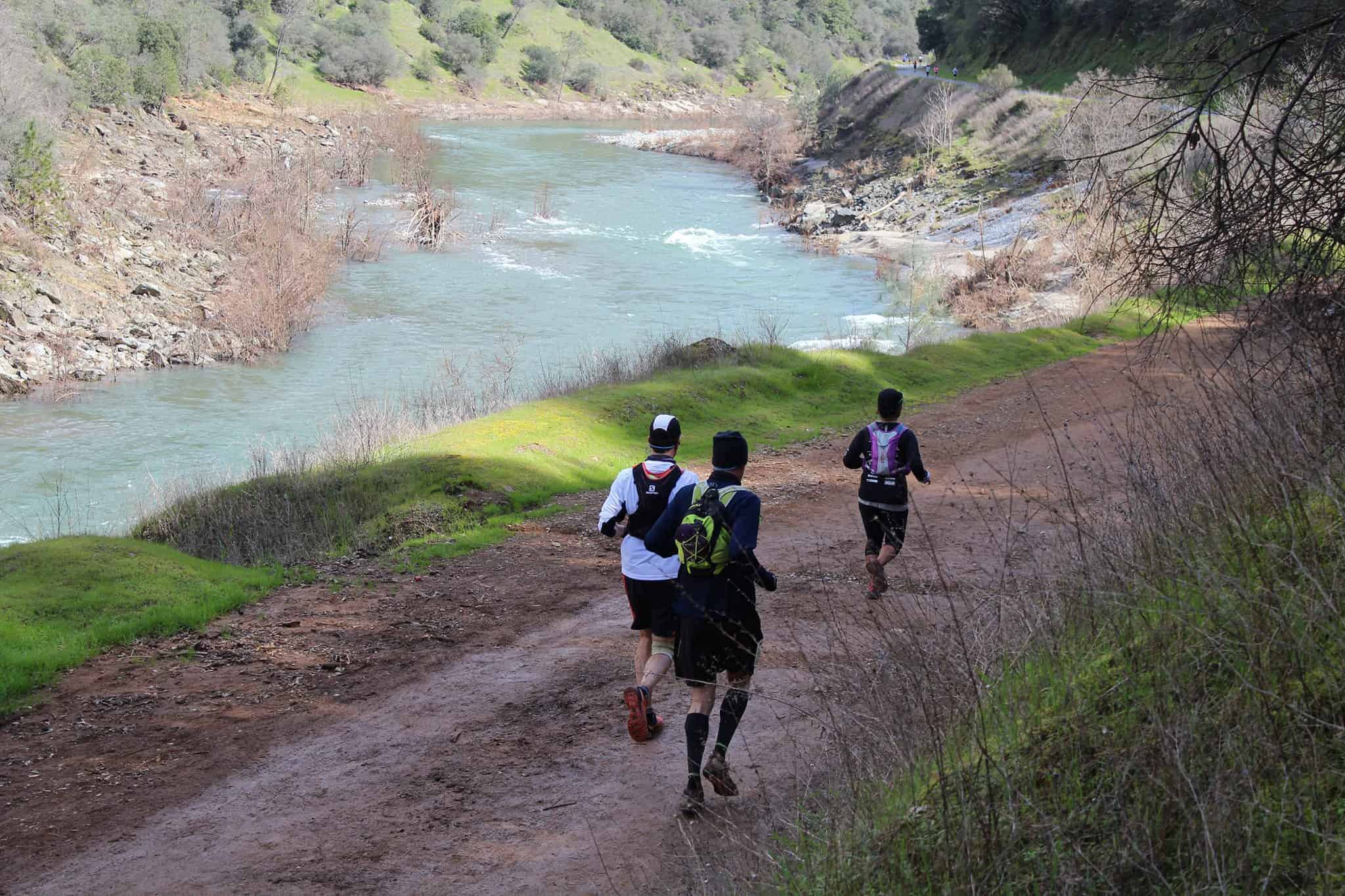Base Building Defined
A term often used among your local running club or friend training for a longer distance race, “base” building is commonly used but rarely well defined. The idea sounds good. It’s not hard to picture the necessary layer as a “foundation” to our training. Who doesn’t like the sound of a “solid base” to work off of? But what exactly do we mean by that and how can you apply it to next season? Let’s explore that in a little more detail.
Typically, base refers to a phase of the training cycle that leads into the racing season. In itself, base training does not tend to include any races. Runners will cap their speed and spend more time working on long, slow distance running rather than intervals. Base building can be summed up as teaching your body to rely on fat for fuel at increasing paces. If you can rely on the much larger fuel source that is stored body fat (about 40,000 calories vs roughly 1800 calories of stored glycogen) at a faster pace, then you’ll be able to sustain that pace for a longer period.
TIP: Base training teaches your body to run faster on a more reliable fuel source: fat.
As you progress through a base phase, you’ll be able to push that threshold to faster and faster paces. Through this progression your body will learn to burn fat for fuel instead of your limited glycogen stores. Once you’ve progressed through that phase of developing your fat burning machinery, then you can add on some speed work for a much more effective program.
Base Building Phase Duration
So we know that base building is imperative for helping us access more fat for fuel. Now how are you supposed to implement it?
After a dedicated off season, it’s generally recommended to start your base phase a minimum of 8 to 12 weeks out from your first race or interval-laden training cycling. During your base building, you want to avoid high intensity “glycolytic” workouts. These are workouts done at a speed or effort that triggers a greater number of stress hormones and tells your body to access glycogen stores for fuel instead of fat. Good examples of glycolytic workouts would include intervals on a track, sprinting, hill repeats, heavy weight lifting or other exercise that results in an intense burning feeling in your muscles.
TIP: Before you get into racing and interval training, establish a base of a minimum of 8 to 12 weeks.
A chronic pattern of workouts that fall into this high intensity zone can cause increased sugar cravings and burnout. Even a brief dip into this glycolytic zone can throw off your efforts to train to use more fat. Remember that for most endurance competitions, you’re accessing your aerobic energy systems (the opposite of glycolytic energy systems) between 95-99% of the time. [1] Obsessing about speed work to get you faster is like obsessing about the color of a cherry on top of your three layer cake. While the cherry is a great addition, it’s got to have something to perch on. Developing your aerobic, fat burning system is paramount to peak performance in running events longer than a 400m sprint.
Maximum Aerobic Function Training
In order to stay aerobic and mostly fat burning, many methods have been proposed to figure out exactly what pace or heart rate you should top out your workout effort. This heart rate is known as your “maximum aerobic heart rate.” During your base phase, you should aim to keep all of your training below this zone.
One of the more reliable and easy to remember formulas is the Maximum Aerobic Function formula, 180-age, or “MAF” for short. Dr. Phil Maffetone developed this technique after 40 years of clinical research and experience. “Training slow to go fast” has been used to great effect by some of the best endurance athletes in the world. [2] Mark Allen, arguably the most accomplished Ironman athlete of all time, owes much of his success to training with the 180-age formula.
Here’s how to apply MAF. Say you’re 35 years old and you’re just getting started with your base phase. You’ll want to cap your heart rate for all exercise during that 8-12 week period at or below 145 (180-35). If you’ve been training for at least two years with steady improvement, you can add another five beats, so up to 150 for our example. While this number isn’t exact, based on Dr. Maffetone’s research it’s a very good approximation for most athletes.
TIP: Limit all of your efforts during your base phase to a heart rate at or below 180 minus your age.
When you first strap on your heart rate monitor to find out how fast you can run at this upper limit, you may find that you reach it rather quickly. This might be a little surprising and frustrating. You may find yourself walking at times to keep it in that zone. But take heart! This is a tried and true method that takes time but the results are worth it.
If you stick to these paces, your injury risk will decrease, your aerobic system will be able to recover quicker, and your ability to burn fat during exercise will improve. If you find that you hit that upper limit faster than you’d hoped, then it’s probably an indication that your aerobic system still needed some work. This is good news! You’ve identified a great area for improvement.
If you’re used to cruising along at an 8-minute / mile pace for long runs, but you find that your heart rate is already at or above your MAF threshold, that’s an indication that your body is tapping into glycogen fuel sources at a slower pace than you thought. So, slow down, and trust the process. Trust that over time, you’ll be running faster and faster with more sustainable fuel at the same heart rate. Then you’ll be ready to hit your season hard with a well-structured base and a body that is fresh for a touch of speed.
Nutrition During Base Phase
We certainly couldn’t talk about training methods without a nod to nutrition, right? In an ideal world, if an athlete is adept at using fat as her fuel source for faster speeds, up to and including race efforts, then in theory, she could race without having to take in much supplemental nutrition. Three-time Team USA 100k World Champion, Zach Bitter, has been known to complete extended stretches of ultramarathons with a simple solution of branch chain amino acids and little else. For the rest of us, though, how should we approach nutrition during the base phase compared to other phases?
For much of your base building efforts, since you’re trying to get your body to burn more fat for fuel, it makes sense to cut back on the supplemental carbohydrates. Now, all of us have differing starting points for fuel partitioning. This refers to the percentage of our energy at a given moment that’s coming from fat vs protein vs carbohydrates. Proceed with an appreciation that you may respond differently to different foods.
TIP: Consuming high amounts of simple sugars will compromise your efforts to burn fat for fuel.
For the most part, you should try to avoid big carb spikes. These spikes come from simple sugars and gels that you consume while you’re in your base phase. The moment you consume a high glycemic carb source, like a gel, sweet breads, candy bars and the like, you’re telling your body, “go ahead and burn carbs! There’s more where that came from!” and your body responds in kind. Insulin, an energy storage hormone, goes way up making it more difficult to burn stored fat. If carbs are available, your body will prefer burning those calorie sources more predominantly over fat. However, when carbs are slightly lower, your body will more readily turn to fat burning.
If you’ve always relied on carb heavy meals and snacks to get you through your workout, during your base phase, start with runs that are less than 30-minutes. Focus on fewer carbs in the tank and see how you respond. It doesn’t mean you have to completely change your race day fueling strategy, but base training has different requirements. It’s best to work with a coach to dial in the particulars, but don’t feel the need to grab a fancy gel or chew in an effort to power your longer runs. Aim for whole foods that have a greater mix of fat, protein, and carbs instead of just mostly carbs.
Start your season out right:
(1) Incorporate 2-3 months training at or below MAF heart rate.
(2) Don’t heavily rely on sugary foods and drinks for your training sessions.
(3) Focus on the process!
A Training Plan that Works for You.
Our collection of running plans will help you train year-round. From 5k to a 100-mile ultramarathon, we have a training plan built for your experience level and goals. Every plan is delivered via Final Surge, allowing you to sync workouts across devices, receive daily reminders of workouts and activities, and analyze workout and target zone details. Get started today with a training plan built for you, view our running plans here.










